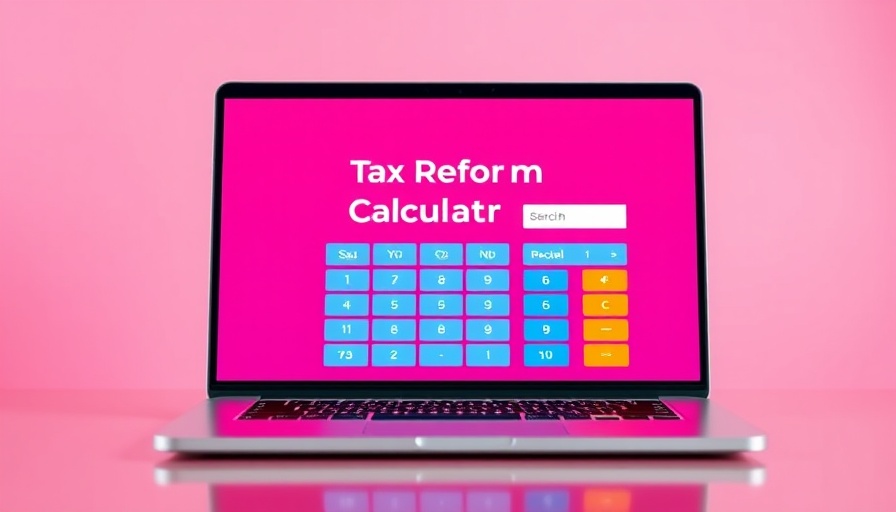
Understanding Business Tax Extensions: Why They Matter
For many entrepreneurs and small business owners, the tax deadline can feel like a looming cloud. Understanding how to file for a business tax extension can alleviate some of that pressure. By applying for an extension, you gain additional time to prepare your tax documents, without the immediate stress of meeting that April 15th deadline.
Who Can Benefit from a Tax Extension?
Tax extensions aren't just for those who are disorganized; they can be invaluable for any business owner needing to fine-tune their financial reports. Freelancers and side hustlers often have complex financial situations that need meticulous attention. By filing for an extension, you can ensure that you’re delivering accurate and complete information to the IRS.
Critical Deadlines and Forms
The application for a business tax extension, Form 7004, must be filed by the original due date of your return. For most businesses, that’s April 15th. This form provides up to six months of additional time—worth remembering if you're juggling multiple deadlines.
Potential Penalties: What to Watch Out For
While an extension gives you more time to file, it does not defer any tax payments owed. Expect interest and possible penalties if you don't pay at least 90% of your liability by the tax deadline. Misunderstanding this aspect is common among new business owners and could lead to unnecessary financial strain.
Final Thoughts and Next Steps
Filing a tax extension may seem daunting, but understanding the process can provide you with peace of mind. Take advantage of the time it affords you to refine your financial reports and ensure accuracy. As an entrepreneur, you have much on your plate—don’t let taxes add to your stress. With this expert guidance, prepare yourself to confidently approach this tax season.
 Add Row
Add Row  Add
Add 




Write A Comment